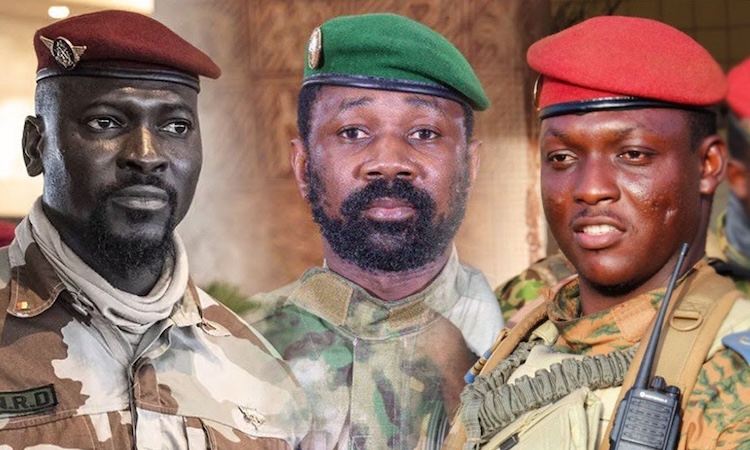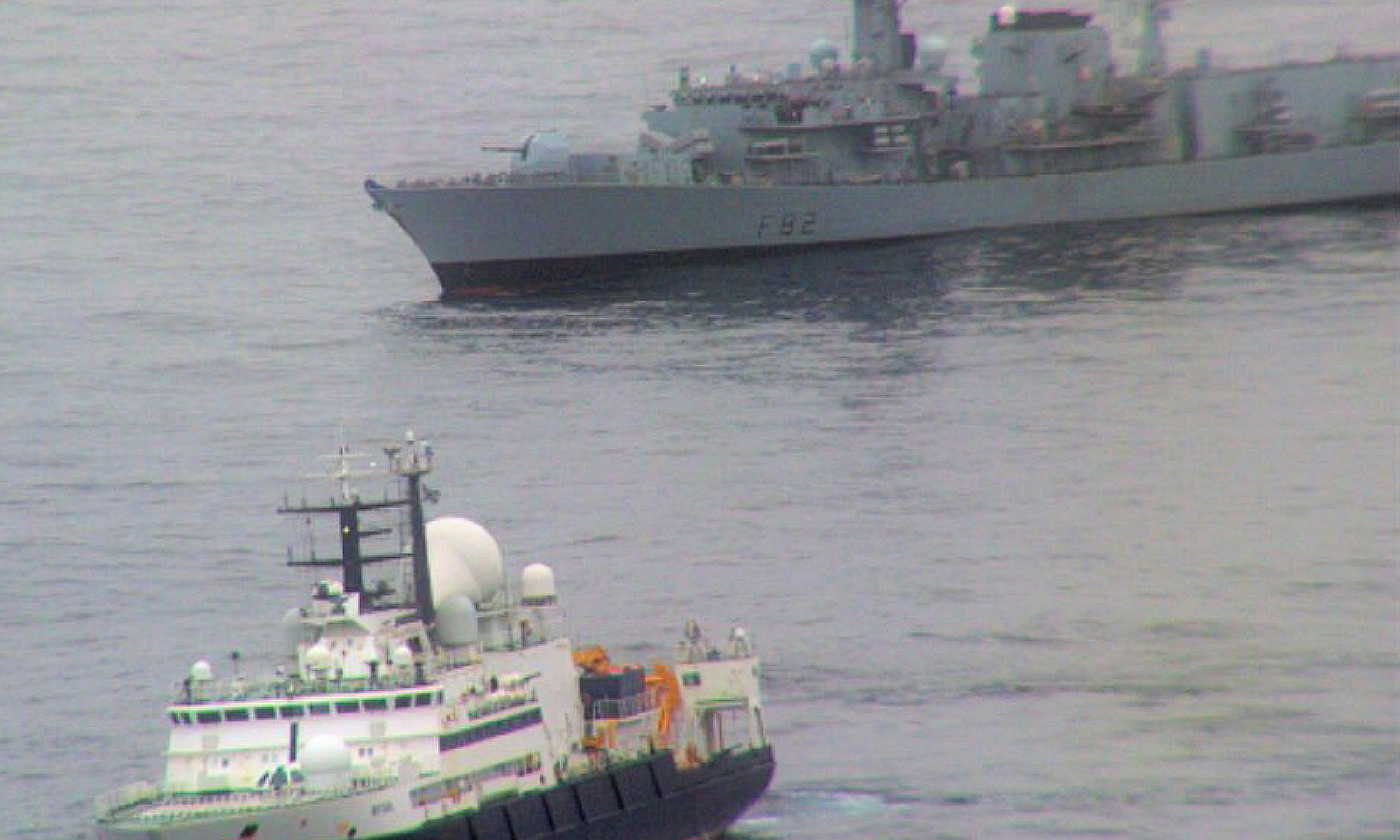The island nation of Sri Lanka is enduring its worst-ever economic crisis since its formal release from British colonial rule in 1948. For months, petrol, diesel, gas, food and medicine have been in very short supply and have risen astronomically in price, as has the cost of transport. People are compelled to wait in long queues to get the essentials. Every day there are power cuts lasting for hours because of lack of fuel for thermal power plants.
The Sri Lankan masses are placing the blame fairly and squarely on the government that is led by President Gotabaya Rajapaksa, brother of previous Sri Lankan president Mahinda Rajapaksa, who is currently the prime minister.
Cause of the economic crisis in Sri Lanka
To be fair to the Rajapaksas (not that they deserve it), Sri Lankan governments from the time of its independence have been persuaded (no doubt by economic hitmen offering generous bribes to government leaders) to take out numerous loans to finance infrastructure projects supposedly promising spectacular returns that would make repayment of the debts incurred – plus heavy interest – very easy. However, more often than not the promised rates of return have not materialised and debt servicing obligations have had to be met from other resources, at the expense of the country’s people.
However, like very many governments in oppressed countries, the Sri Lankan governments started to find it necessary to incur fresh loans to pay back their existing loans. Thus, between 2010 and 2020, for instance, foreign debt more than doubled.
From 2015 to 2019, it increased from US$23.4bn to $38.7bn – an increase of 65 percent. International sovereign bonds outstanding increased from $5bn to $15bn – an increase of 200 percent. However, within the same period, GDP only increased by 6 percent, that is, from $79bn to $84bn.
Total foreign debt as at the end of April 2021 was $25.1bn, the amount having been reduced considerably out of the proceeds of privatisation and sale of important government assets such as ports, which Sri Lankan people very much resent.
Of this foreign debt, $7bn is due to be paid back in 2022. However, Sri Lanka’s foreign currency reserve is only around $1.6bn. In 2020, Sri Lanka was in such serious financial straits that it was barred from any further borrowing on the international market.
The Associated Press commented recently on the dire situation of the country’s finances: “Sri Lanka is on the brink of bankruptcy, with nearly $7bn of its total $25bn in foreign debt due for repayment this year. A severe shortage of foreign exchange means the country lacks money to buy imported goods.” (Sri Lanka police open fire at protesters; 1 dead, 13 injured by Krishan Francis and Bharatha Mallawarachi, 20 April 2022)
An analysis produced by an Indian English-language newspaper, the Pioneer, corroborated the narrative that the stranglehold of international debt is the cause of the crisis in Sri Lanka:
“According to the Sri Lankan central bank, the economy has contracted by 1.5 percent in July-September 2021. These adverse conditions are mainly due to heavy borrowings which require the island state to pay nearly pay $12.5bn on international sovereign bonds. This cash crunch has meant that Sri Lanka has severe inflationary conditions and ongoing energy and food crisis leading to violent unrest in the population requiring authorities to announce curfew in order to rein in the protests.” (Lessons from Sri Lanka on organic farming by Sriraj Kota, 18 April 2022)
Imperialist looting
It is important to take into account the history of Bretton Wood global financial institutions like the IMF and World Bank. They have been – and always will be – institutions of global imperialist domination. No matter what short-term relief they give countries like Sri Lanka in dire economic straits, theirs is a ‘cure’ that ends up aggravating the malady further as the patient ends up more indebted than ever.
Such loans are the sort given out by the mafia or loan sharks to keep victims in a debt-trap – a permanent state of dependency and financial slavery. Countries that accept such loans are obligated to undergo ‘structural adjustment programmes’ entailing the wholesale privatisation of state assets, leaving entire economies at the mercy of the vicissitudes of the global marketplace.
The livelihoods of not millions but billions are thus left at the mercy of the profit margins of monstrous cartels of finance capital.
It is therefore clear that no long-term solution will be found in the non-existent benevolence of Bretton Woods institutions: it really does not matter how quickly you get an injection of adrenaline once you realise you cannot put Humpty Dumpty back together again.
President Rajapaksa does not make too much of the debt-trap, much of which was built up under previous Rajapaksa administrations, but he has ‘admitted’ that much of the economic turmoil ongoing in Sri Lanka is the fault of his erroneous policymaking.
“President Rajapaksa acknowledged on Monday [18 April] that he made mistakes which had led to the crisis, such as delaying an appeal to the IMF for help and banning agrochemicals with the aim of making Sri Lankan agriculture fully organic. Critics say the ban on imported fertiliser was aimed at conserving the country’s declining foreign exchange holdings and badly hurt farmers.” (Associated Press, op cit)
Lessons from Sri Lanka on organic farming
Well, going to the IMF for help, while it may have been ‘necessary’ in the circumstances, in the end, as we have seen, makes matters worse, not better. As for the banning of agrochemicals, the main reason for this is that the government did not have the money to pay for them, which made ‘going green’ more obligatory than optional!
It is certainly the case, however, that to make such a fundamental change in agrarian practice could only possibly work if it was carefully planned in such a way as to ensure that farmers were given all necessary support to continue to produce at the same level as they had previously done with the help of artificial fertilisers. Failure to do this must inevitably lead to a shortage of food either for export or home consumption.
Making the necessary adjustments would, of course, be perfectly feasible in a socialist planned economy, but is hardly an option in a bankrupt oppressed country without planning mechanisms or the resources to generate substitutes.
The Pioneer article laid out the fatal flaw in Sri Lanka’s organic farming experiment: “In spite of its undeniable benefits for the environment, organic farming is also a severely debated concept due to its inherent drawbacks which if ignored have the capacity to bring a nation’s economy and food security to its knees. Sri Lanka has been the unfortunate nation to experience the painful ill-effects of adopting organic farming in a hurry.”
Immediately, this should bring to mind the insoluble contradiction of any and all attempts to remedy the negative effects of human economic activity on the environment under capitalism. To do so requires investment in greener alternatives or the curtailment of such activity altogether. However, we see that any attempt to do so under capitalism leads to the greater impoverishment of workers as a sacrifice on the altar of wide profit margins.
Take, for example, Margaret Thatcher’s closure of Britain’s coal mines. Ostensibly, this would encourage greener energy alternatives. The reason given by the British government at the time was that coal was losing its economic efficiency. But where does that leave us today? We now import our coal from the USA and Australia. In what world is that more efficient economically or ecologically than sourcing our coal domestically? (Why is Britain importing coal from Australia and the USA?, 18 November 2021)
Looking back at the aftermath of such a catastrophic policy, this was nothing more than a manoeuvre towards open classicide. Mrs Thatcher’s government was determined to wipe out the most militant segment of the British working class – with the loyal assistance of social democracy – in order to be able to push on with a train-load of neoliberal reforms.
To this day, Britain’s rulers persist with the inefficient practice of importing coal from overseas and with open-cast mining – the most environmentally destructive form of mining – frightened to death by the idea of reopening Britain’s mines and reviving mining communities. They may accidentally dig up the militancy latent in Britain’s working class!
The key difference is that there is no obvious positive outcome for either side in the Sri Lankan organic farming experiment – perhaps with the exception of the fact that organic food fetches a higher return on the global market (especially the excellent marketing and PR that comes with being a country that bans environmentally damaging fertilisers altogether). However, the government ended up having to reverse the project owing to its disastrous consequences.
“But by then the damage had already been done as food security of the nation had totally broken down due to a third of Sri Lanka’s agricultural land remaining unused due to lack of timely availability of fertilisers. This led to a rice production falling by a whopping 20 percent. The sudden shift to organic farming sent shock waves through the food sector of Sri Lanka, but this could have been avoided.” (The Pioneer, op cit)
Reaction of the protestors
After successive Sri Lankan governments, including those headed by the Rajapaksas, have put the whole country in hock to imperialism, burdening it with debt while enriching themselves in the process, it would seem that, by selling off the family silver, pegging the national currency to the dollar to try to inhibit the flight of capital (a measure that has had to be abandoned as too costly), and cutting down on imports, the government has been trying to reduce Sri Lanka’s indebtedness, which is a rational approach seeing that debt servicing is hanging like a mill stone round the neck of the Sri Lankan economy.
Unfortunately, however, it is the masses of impoverished Sri Lankan people who have to fund the bulk of these repayments in one way or another, and they naturally resent it. After all, it is not they who have incurred the debts or profited to any great extent from the finances raised.
Largely ignored in western media, thousands of Sri Lankans have been demonstrating day after day to demand the unconditional resignation of the government. The protests started off peacefully outside the presidential office and a key railway station in the capital city of Colombo.
According to the Independent, however: “The agitation turned violent after the protesters were asked to move away from a key railway line that they had blocked for hours.”
The conflagration led to the fatal shooting of one protester on Tuesday 19 April and the wounding of 12 others. Far from deterring further protests, the movement only escalated: “Scores of bank, port, health and other state employees joined the protest in front of the main railway station in Colombo, condemning the shooting.” (Sri Lankan police shoot dead protester amid political and economic turmoil by Alisha Rahaman Sarkar, Independent, 20 April 2022)
In other words, the state is responding to the protests of the people with unbridled violence. The Rajapaksas are for the moment refusing to resign.
Reuters has painted a clearer picture of just how broad and controversial the protests have been: “Many schools in Colombo were shut and several train stations deserted on Thursday [28 April] as teachers and train drivers joined mass walkouts demanding President Gotabaya Rajapaksa’s government quit over Sri Lanka’s worst financial crisis in decades.
“Hundreds of employees from Sri Lankan state-run banks, most wearing black and carrying black flags, also joined other bank trade unions in a protest march to the president’s office as thousands of people took to the streets around the country.” (Sri Lanka teachers, bank workers join mass walkout over economic crisis by Uditha Jayasinghe and Alasdair Pal, 28 April 2022)
According to the same article, the country’s trade union leadership has threatened the government with an all-out strike from 6 May should the government dig in and refuse to step down. Two main opposition parties – Samagi Jana Balawegaya (SJB) and the Tamil National Alliance (TNA) – have begun the process of putting forward motions of no-confidence.
The stakes for the Rajapaksa dynasty have never been higher.
No way out while imperialist domination remains
The dire situation of the Sri Lankan people will not be relieved when and if the government is forced to step down, but only if the stranglehold of imperialism over the country’s economy is smashed by overthrowing the rule of the country’s comprador class, refusing to repay exploitative debts, nationalising all important means of production and installing of a system of economic planning for the benefit of the working people.
For countries such as Sri Lanka, Lebanon, Pakistan and the very many others that are facing bankruptcy as the world economic crisis deepens inexorably, this is the only way out.
Let there be socialism!















